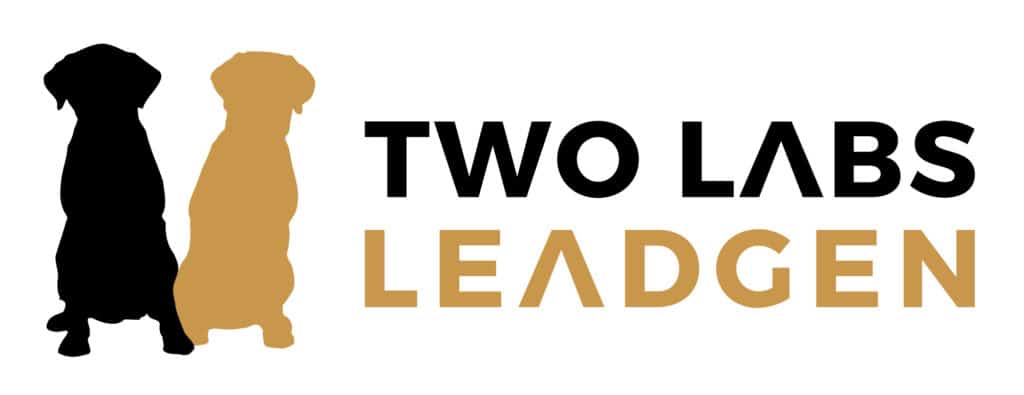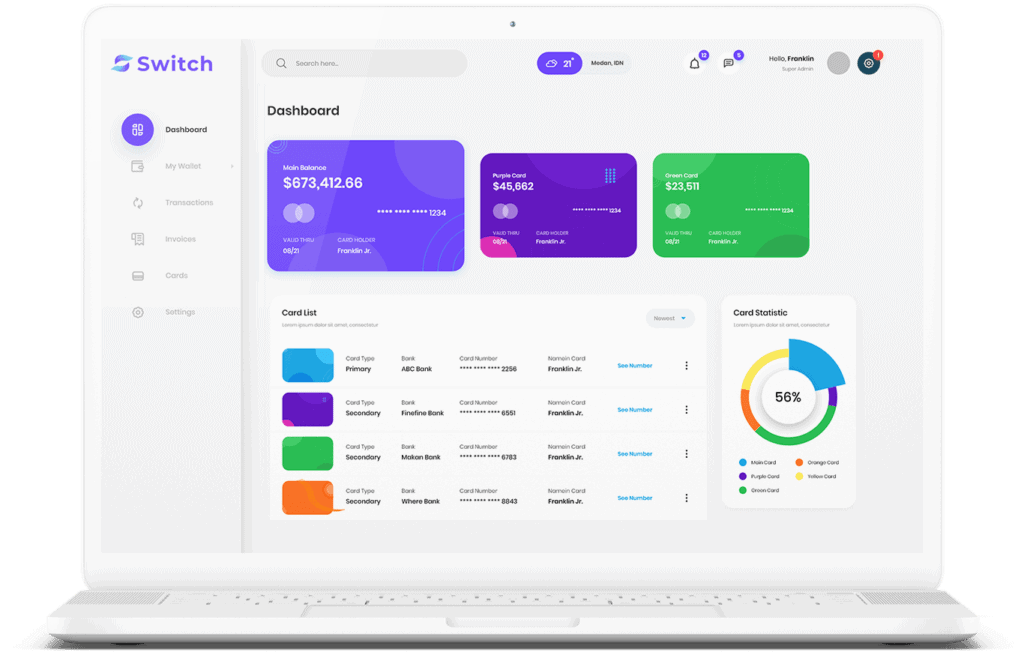Optimizing for User Intent
– Creating content that satisfies user queries increases search engine ranking
– Keyword research helps determine user intent
– Google can show SERP features for queries with clear intent
– Less than half of Google searches result in clicks
– Optimizing for user intent increases the value of showcased information
Types of User Intent
– User intent can be classified into categories such as informational, transactional, and navigational
– Mobile search has led to the emergence of additional categories like local intent and commercial intent
– Mixed search intent can occur when multiple intents are present in a query
– User intent is often misinterpreted
– User intent can describe the type of activity, business, or service users are searching for
Examples of User Intent
– Informational Intent: ‘Donald Trump,’ ‘Who is Maradona?,’ ‘How to lose weight?’
– Navigational Intent: ‘Facebook login,’ ‘Wikipedia contribution page’
– Transactional Intent: ‘Latest iPhone,’ ‘Amazon coupons,’ ‘cheap Dell laptop,’ ‘fence installers’
– Commercial Intent: ‘Top headphones,’ ‘best marketing agency,’ ‘x protein powder review’
– Local Search Intent: ‘Restaurants near me,’ ‘nearest gas station’
Related Concepts
– Keyword research
– Intent marketing
– Search engine result page
– Principle of least astonishment
– Mobile marketing
References
– Jansen, Jim (July 2011). ‘Understanding Sponsored Search: Core Elements of Keyword Advertising’
– Ledford, Jerri L. (2015). ‘Search engine optimization bible, 2nd ed’
– Broder, Andrei (Fall 2002). ‘A Taxonomy of Web Search’
– Texo Design (The Rise of Mobile Search: From 2012 to 2015)
– KhudaBukhsh, Ashiqur; Bennett, Paul; White, Ryen (2015). ‘Building Effective Query Classifiers: A Case Study in Self-harm Intent Detection’ Source: https://en.wikipedia.org/wiki/User_intent


